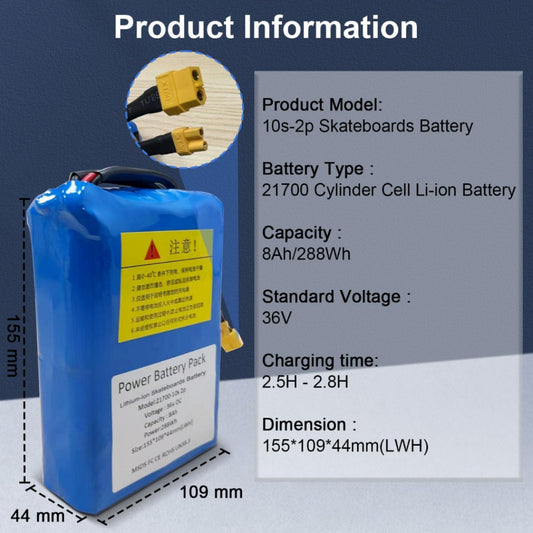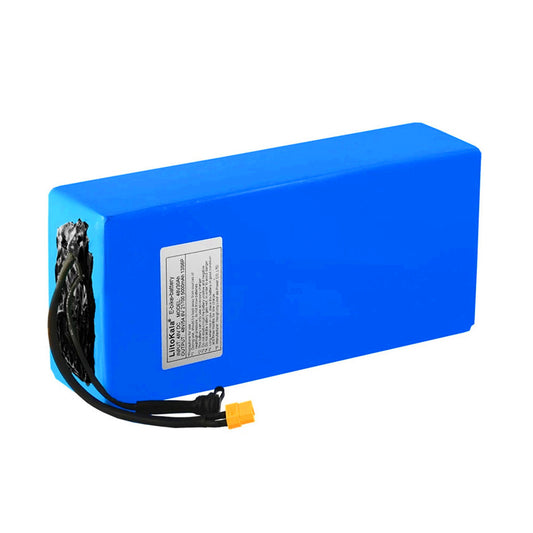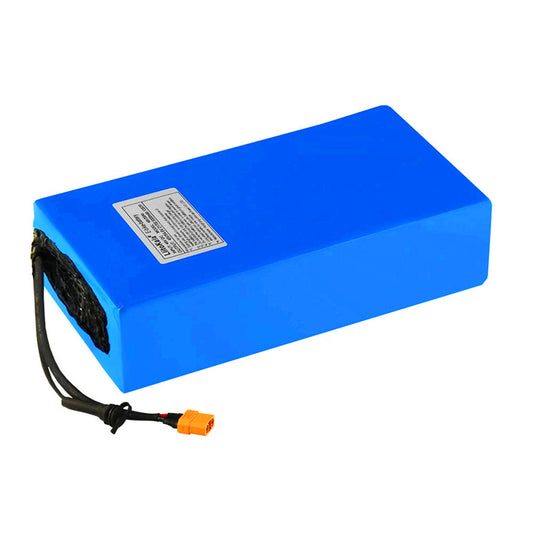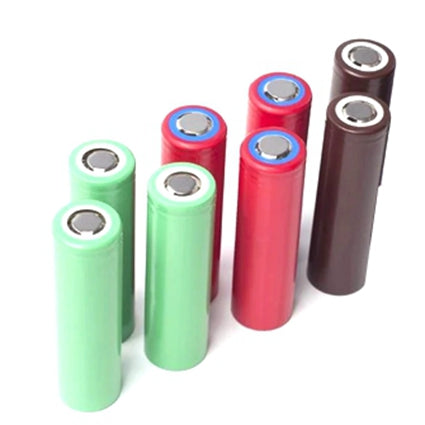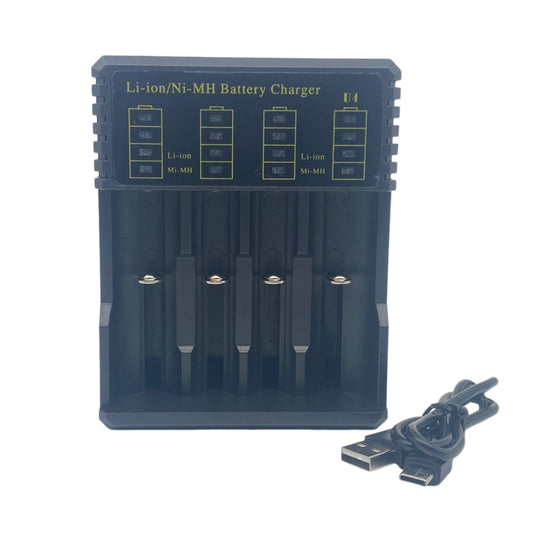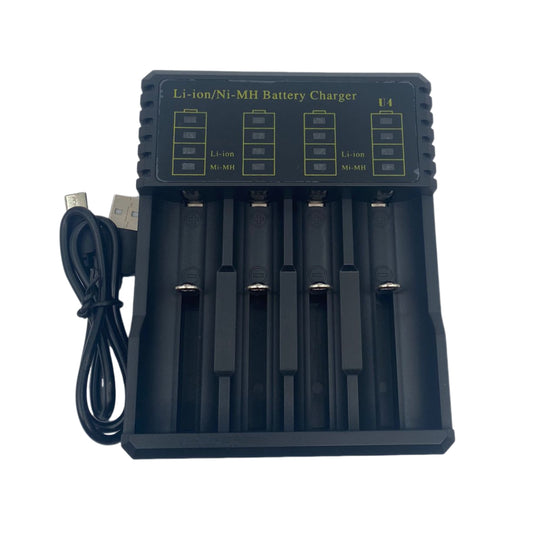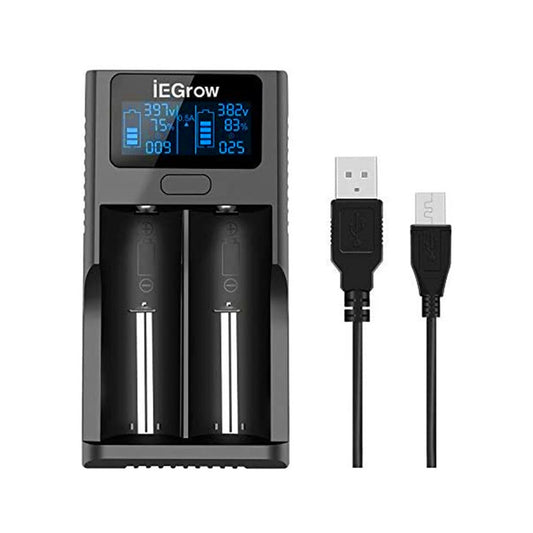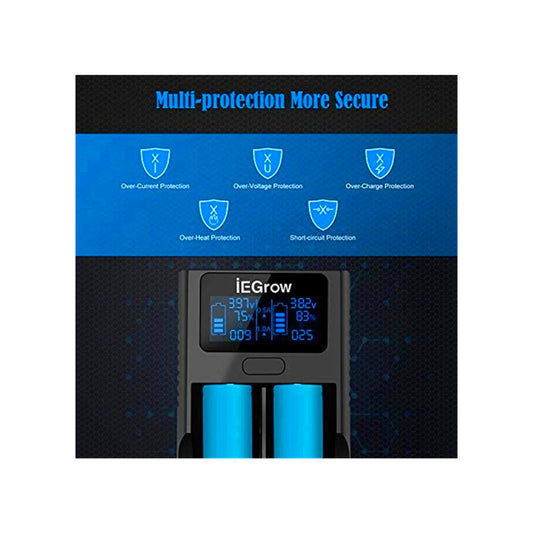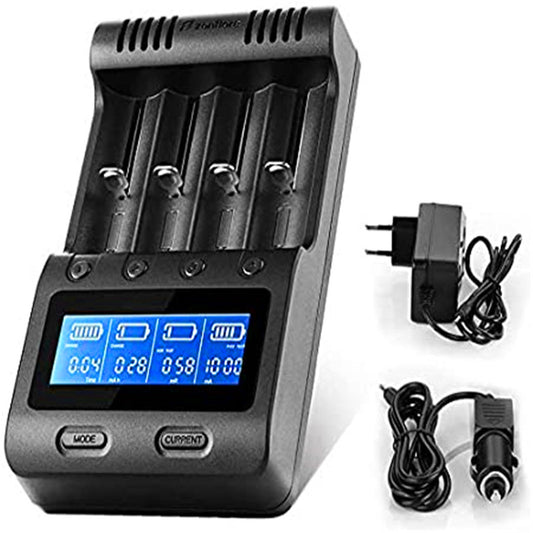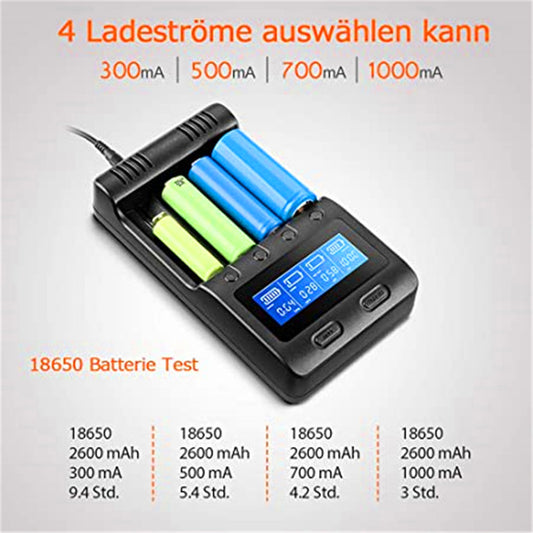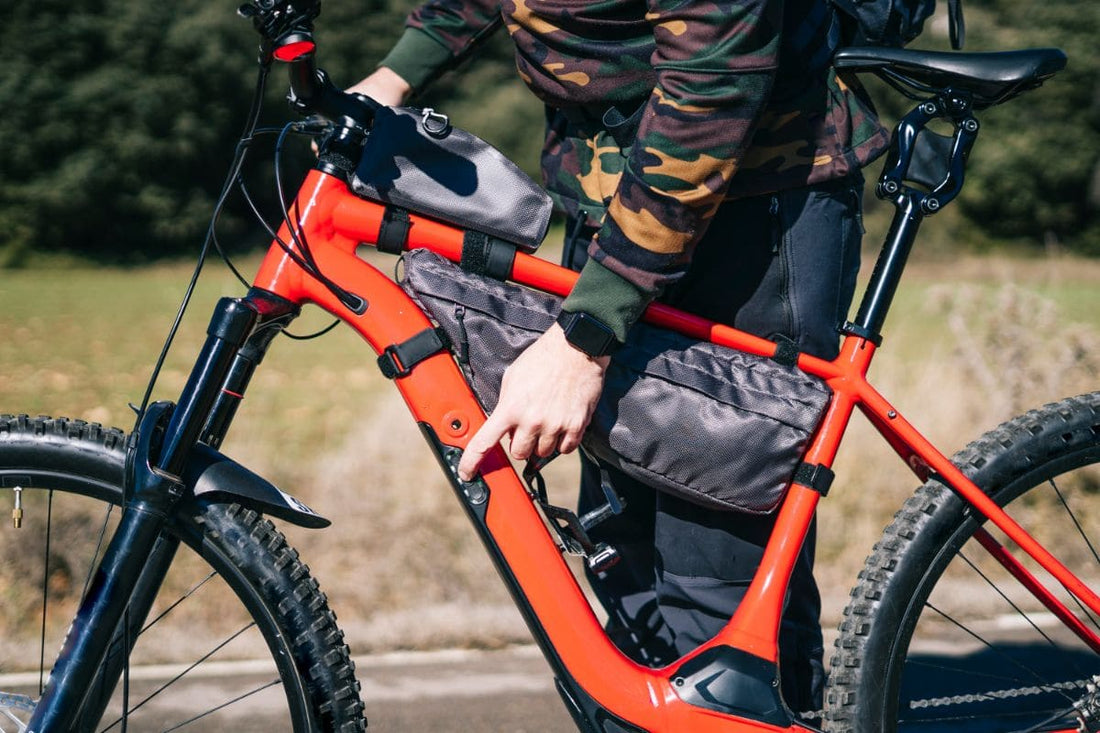Using a 48V electric bike battery with a 36V motor on an e-bike is feasible. If you’re considering upgrading to a higher voltage battery, follow along as we explore the e-bike’s electrical system, technical feasibility, and important considerations for such a swap. Read on to learn how to optimize your e-bike safely and effectively!
Why Can We Use 48V Battery on an E-bike with a 36V Motor?
When using a 48V battery with a 36V motor on an e-bike, two key factors enable this compatibility:
Motor Tolerance: Many e-bike motors are designed to handle a range of voltages higher than their rated value. For example, a 36V motor usually has a 63V input capacitor. So a 48V battery may not cause immediate damage.
Controller Compatibility: The controller plays a crucial role in managing power distribution. If it supports 48V input, it will ensure that the motor receives the appropriate power level and functions correctly.
What Would Happen If Using a 48V Battery on an E-bike with 36V Motor?
Benefits
Increased Speed and Power: A 48V battery provides a higher voltage than a 36V battery, which can lead to a significant increase in the motor's torque and RPM. This results in higher max speeds and better acceleration.
Extended Range: Because a 48V battery has a higher capacity compared to the original 36V battery generally, the e-bike can achieve a longer range on a single charge.
Potential Efficiency Gains: If the motor and controller can handle it, a 48V battery with a 36V motor can boost efficiency. Higher voltage reduces current draw, and minimizes energy loss and heat of the motor. This setup can also improve performance on steep hills or with heavy loads.
Risks
Overheating: Higher voltage increases the current flowing through the motor and controller, leading to more heat generation. Without adequate cooling or thermal management, this can result in overheating and potential damage to the components.
Overvoltage Protection: The controller typically has built-in protections such as overvoltage, overcurrent, and thermal protection. However, if the controller is only rated at 36V, it may not provide adequate protection at 48V, increasing the risk of electrical failure or fire.
Warranty Issues: Using a different voltage battery can void warranties, making repairs or replacements more difficult.
Safety Concerns: Increased voltage may trigger the controller’s protection mechanisms, leading to system shutdowns or even potential safety hazards if not managed properly.

What Should Notice When Using 48V Battery with a 36V Motor?
Though we can use higher voltage like 48V voltage ebike battery with a 36V motor, several critical factors must be taken into account to ensure safety, compatibility, and optimal performance. Here are the key points to consider:
1. Hardware Compatibility
Ensure your 36V motor and controller can handle a 48V battery without overheating or damage. Additionally, verify that the Battery Management System (BMS) in the 48V battery is compatible with your e-bike’s system to handle charging, discharging, and cell balancing effectively.
2. Thermal Management
The cooling system needs to manage the extra heat from operating at higher voltage. Consider upgrading cooling solutions, such as adding heat sinks or improving airflow, to prevent overheating of the motor and controller.
3. Electrical System
Test that all cables and connectors can handle the increased current from the higher voltage battery to avoid overheating and failures. Check and potentially upgrade fuses and circuit breakers to ensure they protect the system adequately against higher currents.
4. Software and Control
Adjust controller settings for safe operation with the higher voltage, including current limits and voltage cutoffs. Some controllers may also need firmware updates to ensure proper handling of the new battery and optimize performance.

Upgrade Your Ebike Now
Upgrading to a 48V battery on a 36V e-bike can boost performance but requires careful planning. Ensure all components are compatible, manage potential risks, and maintain the system well. For top-quality e-bike batteries and expert advice, check out our battery sales at BatteryInt to find the perfect upgrade for your needs.
FAQ
What is the difference between a 36V and 48V eBike battery?
The primary difference between a 36V and 48V eBike battery is their voltage, which impacts performance and efficiency. A 48V battery generally provides more power, resulting in higher speeds and better acceleration compared to a 36V ebike battery. Additionally, a 48V battery can improve the overall efficiency of the e-bike by reducing the current required for the same power output, which can lead to less energy loss and heat generation. To learn more, please read our article 36V vs. 48V E-bike Batteries.
Can I use a 48V battery with a 250W motor?
Yes, you can use a 48V battery with a 250W motor, but you need to ensure that both the motor and controller can handle the increased voltage. While the motor may operate at higher power and efficiency, it’s crucial to verify compatibility to avoid potential damage or overheating. Make sure your controller is designed for 48V input to manage the power distribution safely.
How many miles will a 36V eBike battery last?
The range of a 36V eBike battery depends on various factors including battery capacity (measured in amp-hours or Ah), riding conditions, terrain, and the rider's weight. On average, a 36V battery can provide a range of 20 to 40 miles on a single charge. To maximize the range, consider riding in eco mode, maintaining proper tire pressure, and minimizing heavy acceleration.
What is the difference between a 36V controller and a 48V controller?
A 36V controller is designed for 36V battery systems, handling lower power and current levels. In contrast, a 48V controller is built for higher voltage systems, providing greater power output and efficiency. Using the correct controller ensures compatibility with your battery and optimal performance for your e-bike.



